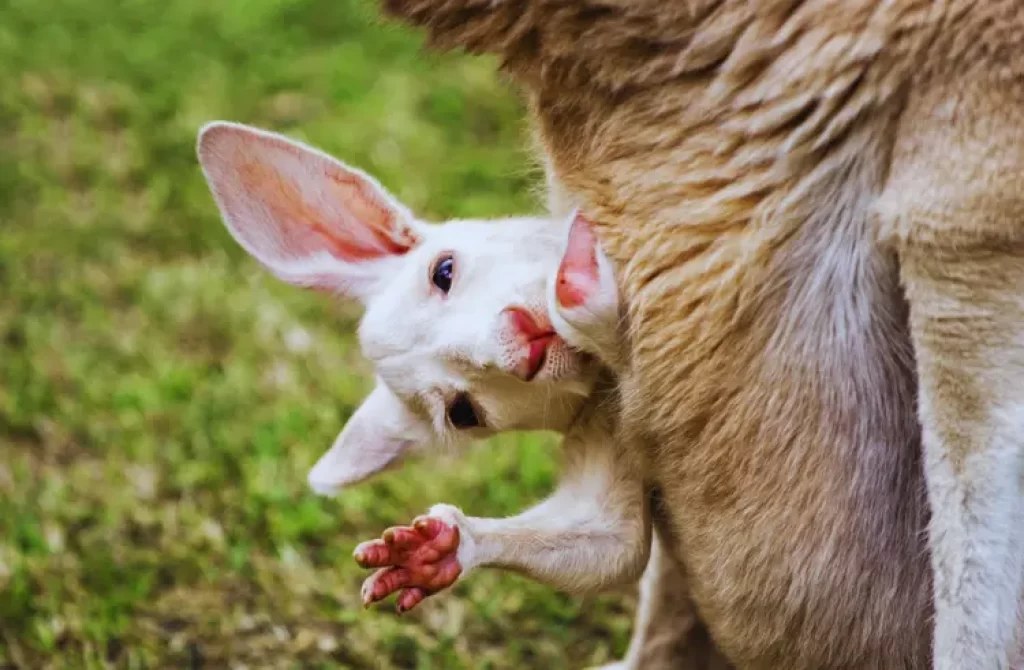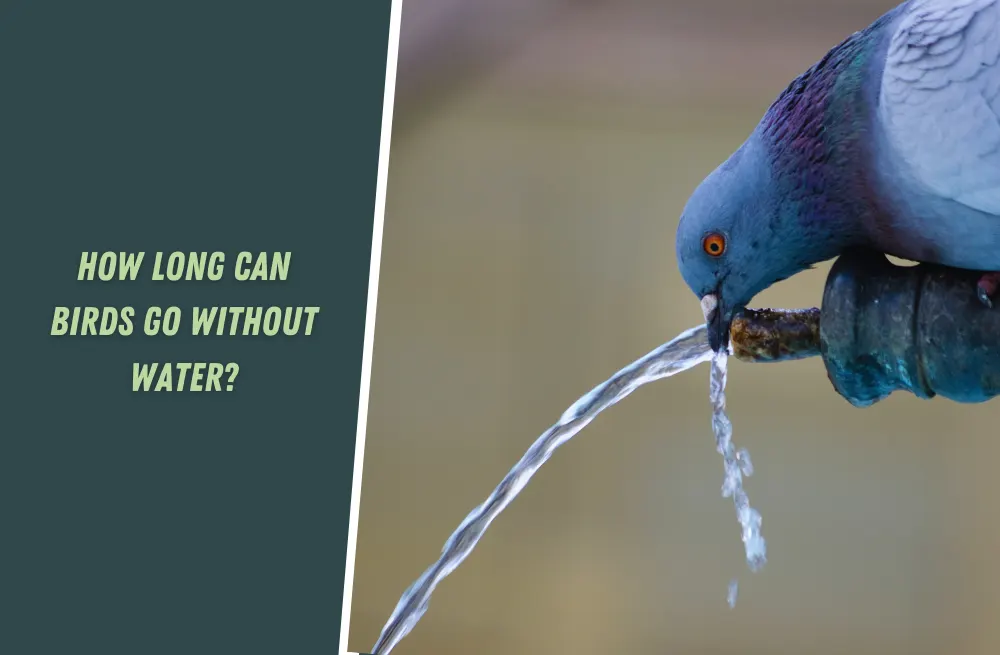Finding yourself in possession of an unused kangaroo joey emergency feeding pouch (EFP) can leave you wondering about the best course of action. Fortunately, there are several options available to ensure the EFP finds a purposeful use.
In this article, we will explore what to do with an unused kangaroo joey EFP and provide answers to common questions regarding its disposal or donation.
Donate it to Wildlife Rehabilitation Centers
Donating your unused kangaroo joey EFP to wildlife rehabilitation centers is a wonderful option. These dedicated organizations specialize in providing care and rehabilitation for orphaned or injured wildlife, including kangaroo joeys. By donating your EFP, you can directly support their efforts in nurturing and raising these vulnerable animals.
Wildlife rehabilitation centers have experienced staff and the necessary resources to ensure the EFP is put to good use.
They follow strict protocols to maintain the health and well-being of the joeys and will appreciate your contribution. Your donated EFP can make a significant difference in providing a warm and safe environment for kangaroo joeys in need.
To donate your unused EFP, reach out to local wildlife rehabilitation centers in your area. They will guide you through the donation process and provide any specific instructions or requirements.
Keep in mind that wildlife rehabilitation centers may have specific needs or guidelines for donated items, so it’s best to communicate with them directly.
By donating your EFP to a wildlife rehabilitation center, you directly support the important work they do and contribute to the welfare of kangaroo joeys in need. Your donation can help ensure that these vulnerable animals receive the care and nurturing they require for a successful rehabilitation and eventual release back into the wild.
Share it with Animal Care Enthusiasts
Another great option for an unused kangaroo joey EFP is to share it with animal care enthusiasts who are involved in wildlife rehabilitation or have experience working with marsupials.
These dedicated individuals often invest their time and resources in caring for orphaned or injured animals, including kangaroo joeys. By offering them your EFP, you can contribute to their important work and help provide a nurturing environment for these vulnerable creatures.
Licensed wildlife carers and marsupial specialists are often well-connected within their communities and have networks of volunteers and organizations that they collaborate with. Sharing your EFP with them allows them to utilize it for the benefit of kangaroo joeys under their care or pass it on to other carers who may be in need.
To share your EFP, reach out to individuals or organizations involved in animal care, wildlife rehabilitation centers, or local wildlife rescue groups.
They will appreciate your gesture and can guide you on the best way to connect with those who could benefit from the EFP.
Keep in mind that animal care enthusiasts may have specific requirements or preferences, so it’s important to have a conversation and ensure that your donation aligns with their needs.
By sharing your unused kangaroo joey EFP with animal care enthusiasts, you not only provide them with a valuable tool but also support their passion for helping wildlife.
Your contribution can make a positive impact on the care and rehabilitation of kangaroo joeys and contribute to their successful release back into their natural habitats.
Keep it for Emergency Situations

Another practical option for an unused kangaroo joey EFP is to hold onto it for emergency situations. Life can be unpredictable, and circumstances may arise where an immediate feeding solution is needed for an orphaned or injured kangaroo joey.
By keeping an extra EFP in your possession, you can be prepared to provide assistance during unexpected emergencies.
Store the EFP in a clean and secure place, ensuring it remains in good condition and is easily accessible when needed. Having a spare EFP on hand can save precious time during critical moments, allowing you to quickly respond and provide nourishment to a vulnerable joey until professional help or specialized care is available.
To keep the EFP in optimal condition, periodically check for any signs of wear or damage and replace it if necessary. It’s also important to familiarize yourself with the proper usage and sterilization procedures to ensure the EFP is sanitary and safe for the joey’s well-being.
Remember, emergency situations can range from injured wildlife encounters to natural disasters or unexpected circumstances where a kangaroo joey is in need of immediate care. Your preparedness and willingness to step in during these situations can make a significant difference in the survival and well-being of the joey.
While it’s important to keep an unused kangaroo joey EFP for emergencies, it’s equally crucial to stay in touch with local wildlife authorities, licensed rehabilitators, or rescue organizations.
They have the expertise and resources to provide professional care and ensure the proper rehabilitation of kangaroo joeys in need.
Seek Guidance from Wildlife Authorities
If you find yourself unsure about what to do with an unused kangaroo joey EFP, it’s always a good idea to seek guidance from local wildlife authorities or animal welfare agencies. These organizations have a wealth of knowledge and experience in dealing with wildlife care and can provide valuable insights and recommendations.
Contact your nearest wildlife authority or animal welfare agency and explain the situation. They will be able to offer advice on proper disposal options, ensuring that the EFP is handled in an environmentally responsible manner. They may also suggest alternative uses for the EFP that align with their specific needs or programs.
By consulting with wildlife authorities, you ensure that your decision regarding the unused EFP is informed and aligns with ethical and legal guidelines. They can provide guidance based on their expertise and help you make the best choice for the EFP’s future.
Additionally, wildlife authorities may be interested in accepting the EFP as a donation for their rescue and rehabilitation efforts. Even if they are unable to use it directly, they might have connections with wildlife care facilities or licensed rehabilitators who can benefit from the donation.
By collaborating with wildlife authorities, you contribute to the overall welfare of kangaroo joeys and support their conservation efforts.
How long can you use a kangaroo bag?
The duration of use for a kangaroo bag, also known as an EFP (Esophageal Feeding Pouch), can vary depending on several factors. These factors include the quality and condition of the bag, the frequency of use, and the specific guidelines provided by manufacturers.
Typically, a kangaroo bag is designed for multiple uses, but it is essential to ensure its cleanliness and integrity for each feeding session. Regular inspection is necessary to check for any signs of wear, damage, or deterioration that may compromise its functionality and hygiene.
To maintain optimal hygiene and prevent contamination, it is recommended to clean and disinfect the kangaroo bag thoroughly after each use, following the specific instructions provided by the manufacturer. Proper cleaning practices help prolong its lifespan and ensure safe and sanitary feedings.
Over time, the bag may experience wear and tear due to repeated use, exposure to cleaning agents, or natural degradation of materials. It is important to monitor the bag closely and replace it if any signs of damage, such as cracks, leaks, or weakened seams, are detected.
It is advisable to consult with the manufacturer or seek guidance from a healthcare professional or veterinary expert regarding the recommended lifespan of the kangaroo bag. They can provide more specific information based on the particular brand, model, and usage requirements.
How often should kangaroo bags be changed?
Kangaroo bags, or Esophageal Feeding Pouches (EFPs), are typically recommended to be changed every 24 hours. This helps ensure the cleanliness and integrity of the pouch, reducing the risk of contamination or damage.
Regularly changing the kangaroo bag helps maintain hygiene and ensures that the pouch remains in optimal condition for feeding. Always follow the manufacturer’s guidelines and consult with healthcare professionals for specific instructions on the appropriate frequency of changing kangaroo bags
Conclusion
An unused kangaroo joey emergency feeding pouch (EFP) can be put to good use in various ways. By donating it to wildlife rehabilitation centers, sharing it with those caring for kangaroos or other marsupials, or keeping it as an emergency backup, you can contribute to the welfare of these remarkable animals.
If uncertain, seek guidance from wildlife authorities to ensure your EFP finds the best purpose. Remember, each action taken plays a role in supporting the care and conservation of kangaroos and other wildlife species.







